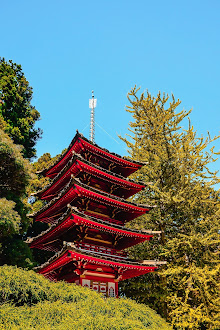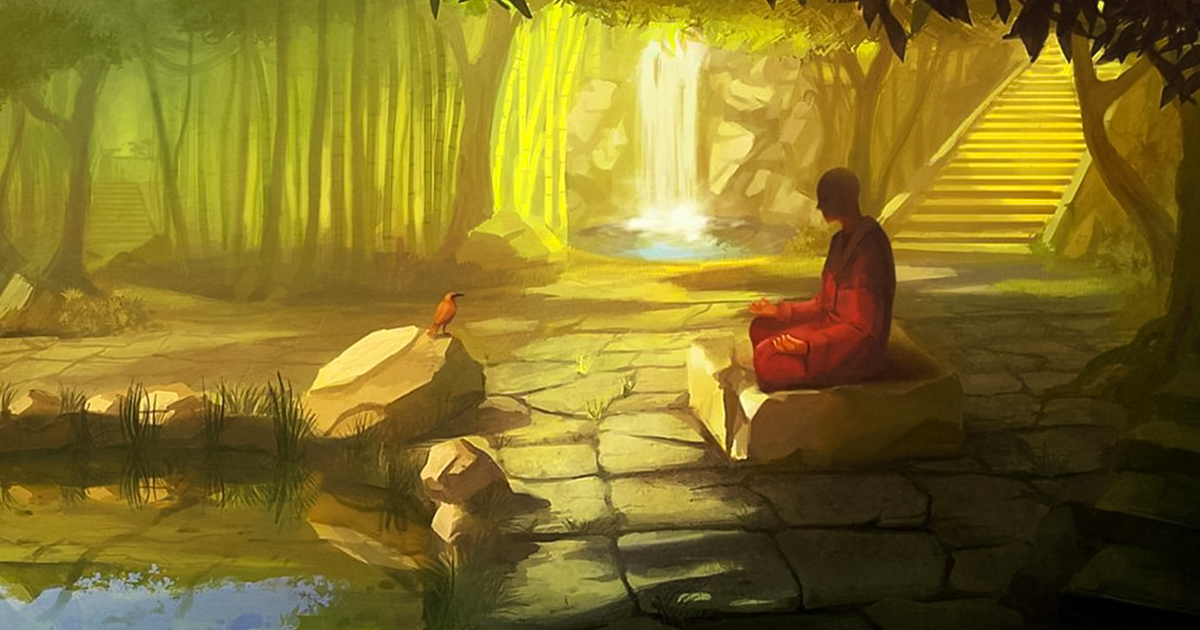Zen Buddhism is one of the eight major sects of Chinese Buddhism. If it is said that it has important significance and far-reaching influence in the history of Chinese Buddhism, and even the history of philosophy and thought, it is a collection of the six ancestor Huineng’s statements and life deeds. Zu Tan Jing can be said to be the “Zong Jing” of Zen Buddhism. It is the basic theoretical position of Zen, especially it laid the main theoretical foundation of Nanzong Zen. Without the “Tan Jing”, it is impossible to study the thought of Huineng, and it is also difficult to study the formation, development and evolution of Huineng Nanzong. Moreover, the “Altar Sutra” is the only classic work considered as “Sutra” among the Chinese monks’ sweaty Buddhist works. It is the only local classic with unique style and ethnic characteristics in China. It is also the preaching and teaching of Zen Buddhism The main basis for teaching Zen. “Tanjing” was founded in the Mid-Tang Dynasty and flourished exclusively in the late Tang and Five Dynasties. It had a significant influence on Chinese Buddhism during the ideological trend at that time. All these illustrate the special status of the “Tanjing”.
The beginning of Chinese Zen was the well-known “Lingshan Smile”. The Buddha would pass the Dharma Eyes, which were taught by others without writing, to Venerable Da Kassapa. Therefore, Venerable is the first ancestor of Indian Zen. From then on, the ancestors of the past generations passed on the heart from the heart, and passed on to the 28th generation as Bodhidharma. Bodhidharma is the twenty-eighth patriarch of Xitian and the first ancestor of Zen Buddhism in China. Bodhidharma came to Middle-Earth to pass on Zen, followed by the second ancestor Hui Ke, the third ancestor Seng Can, the fourth ancestor Daoxin, and the fifth ancestor Hongren. This is the so-called Eastern Earth’s fifth ancestor. The Zen of Daoxin and Hongren was called “Dongshan Dharma” at that time. At this time, the Chinese Zen Buddhism was truly established.

Under the five ancestors of Hongren, there were two great feet, Shenxiu and Huineng. Shenxiu (606-706) mainly promoted Zen in the vast northern areas centered on Chang’an and Luoyang, and was called Beizong at that time. Huineng mainly promoted the Dharma in the south, and was called Nanzong at that time, so it was called “Southern Energy and North Show”. Since then, the power of the Hui Neng Nanzong continued to expand, and eventually flooded the other branches of the Hongren family, including the Shenxiu Beizong, and became the only authentic school of Chinese Zen, and it has almost become synonymous with Chinese Buddhism, so that for a long time When we talk about Zen, we all refer to the Southern School of Hui Neng. Hui Neng Zhi Nan Zong Zen occupies an extremely important position in the history of Chinese Buddhism, thought and culture. Huineng’s remarks throughout his life were recorded by his followers, compiled and compiled into the book “Tan Sutra”.
Because Huineng’s disciples regarded Huineng as a Buddha, and Huineng’s French language was like Buddhist language, and Huineng’s teaching on the altar was called “Six Patriarch Altar Sutra”, or “Altar Sutra” for short. Master Huineng Huangmei returned to Baolin Temple in Caoxi after obtaining the Dharma, and was invited to Shaozhou Dafan Temple at the invitation of Shaozhou Governor Wei Ju and others. It was formed by his disciple Fahai recording the opening of the law at that time. Master Huineng’s Zen thoughts Mainly reflected in this sutra. Regarding the “Altar Sutra”, there are two miraculous records: in the Liu Song Dynasty, there was a Buddhist master Kunabhadra Sanzang who founded an ordination altar at Faxing Temple in Guangzhou, and erected a monument to predict that in the future, a bodhisattva in flesh would come to this altar to receive ordination. Later, in the first year of Liang Tianjian, another master of Sanzang planted a bodhi tree next to this altar, and also predicted that in the future, there will be a bodhisattva in the flesh under this tree to perform the performance of the immeasurable people. On February 8th, Bingzi, the first year of Emperor Gaozong of Tang Dynasty, the sixth ancestor received full ordination here, and began to preach the Buddha’s heart seal method under this bodhi tree, confirming these two prophecies.
With the prosperity and development of Zen Buddhism, the “Altar Sutra” has been widely circulated, and significant changes have taken place in its content, with multiple versions appearing. According to the research of the Japanese scholar Hakushou Ui, there have been nearly 20 versions of “Tan Sutra”. The divergence of these versions reflects the development and changes of Zen in various periods, but there are about four truly independent and representative versions.

Species, they are: Dunhuang edition, Hui Xin edition, Qi Song edition and Zongbao edition. In terms of time, the Dunhuang version was formed in the Middle Tang, Hui Xin was in the late Tang or early Song Dynasty, Qi Song was in the Northern Song Dynasty, and Zongbao was in the Yuan Dynasty. Among them, the Dunhuang version is the oldest, which is closer to the essence of the thoughts of the Six Patriarchs. Although Hui Xin’s book has also added some content, it is not far from the Dunhuang book in general. The Qi Song version has undergone major changes in content, while Zong Bao was adapted from the Qi Song version. It is the most popular and has almost become the only circulating version after the Ming Dynasty. “Altar Sutra” is a true reflection of the Zen thoughts of the Six Patriarchs, and it is also a basic document for studying the Six Patriarchs and their Zen thoughts. Yuan Dynasty Zen monk Deyi once commented on the “Altar Sutra” and said: “The language is concise, meaning is abundant, things are well prepared, and it is sufficient for all Buddhas to countless ways.”
As a record of his life’s words, deeds and Zen thoughts, the “Altar Sutra” is the product of a ideological innovation and the result of the alternation of old and new ideas. The emergence of “Tanjing” has also brought an unprecedented wave of research and debate to modern academic circles. The reason is that it is not only an important key to a turning point in the history of Chinese Buddhist thought, but also a historical development of Chinese Buddhist thought. The source of living water, it represents a special essence of Chinese Buddhism, and shows a peculiar life wisdom in Chinese culture or Chinese nationality. Since the end of the Tang Dynasty, the power of the Nanzong Zen system of Master Huineng has developed rapidly and has become the mainstream of Chinese Zen, and has become the sacred “Zongjing” of Zen.
